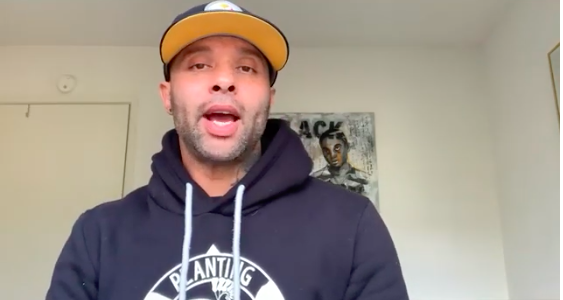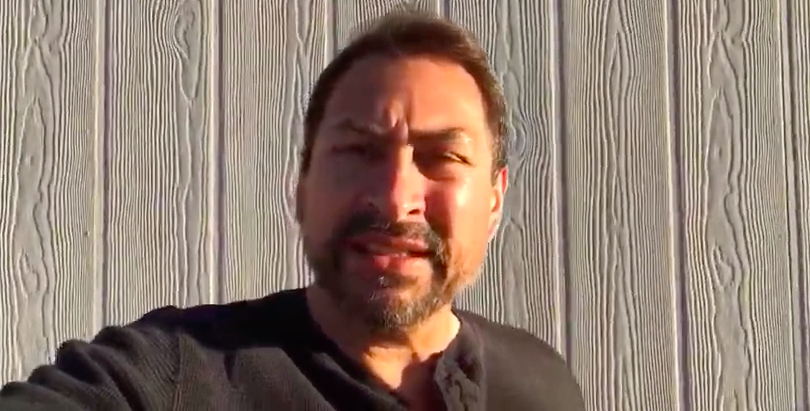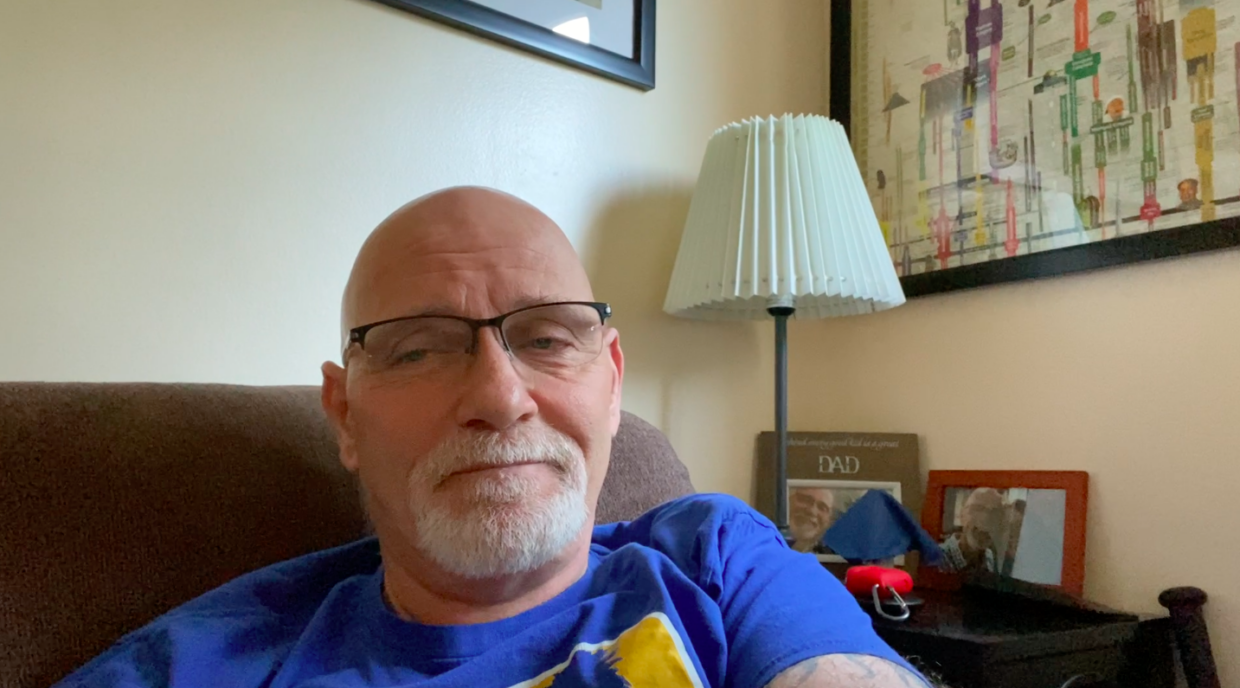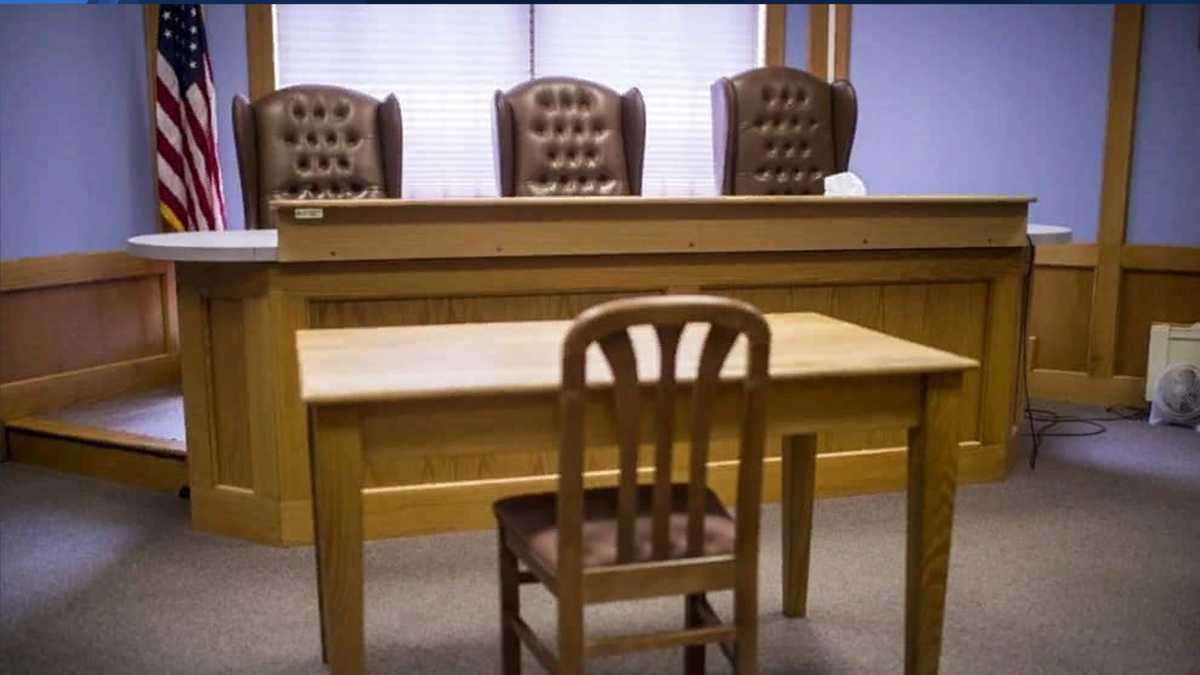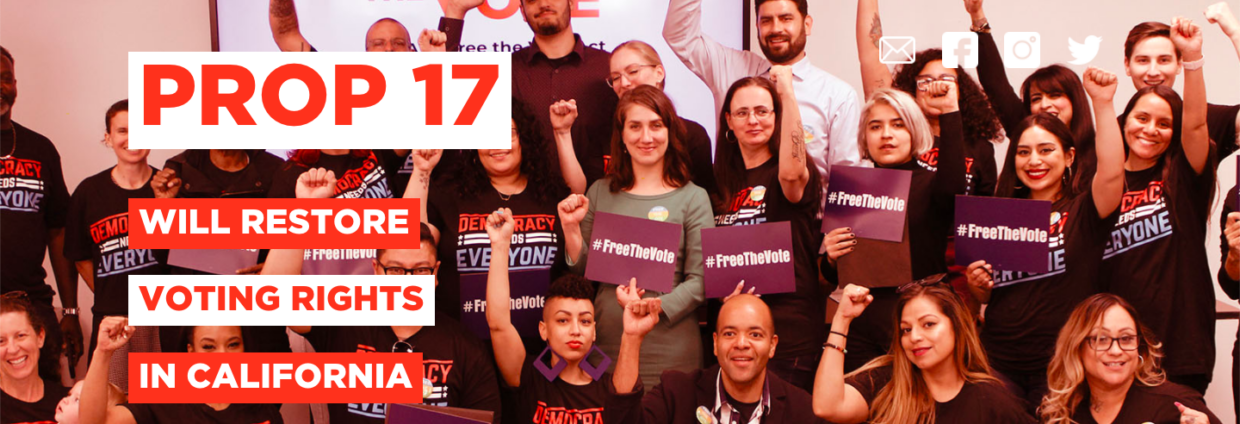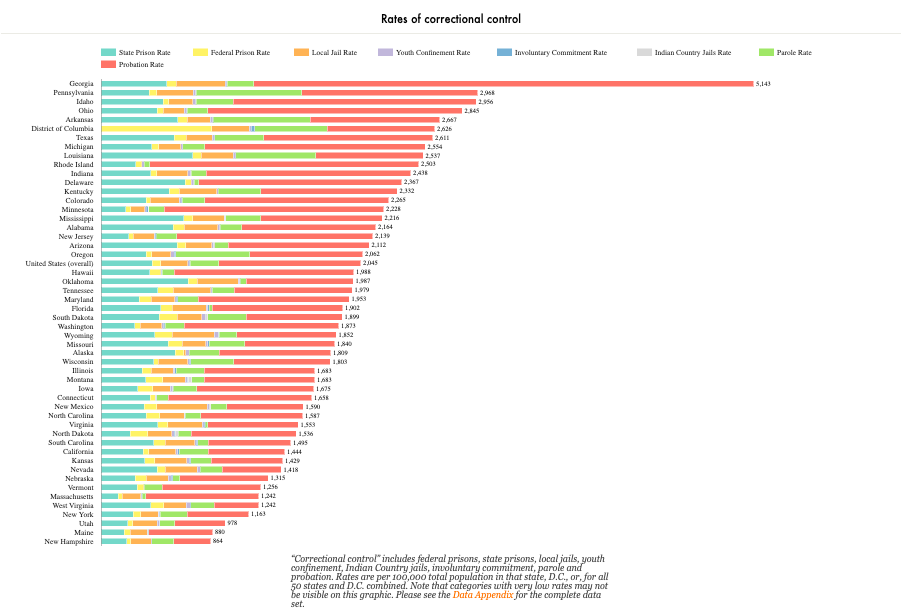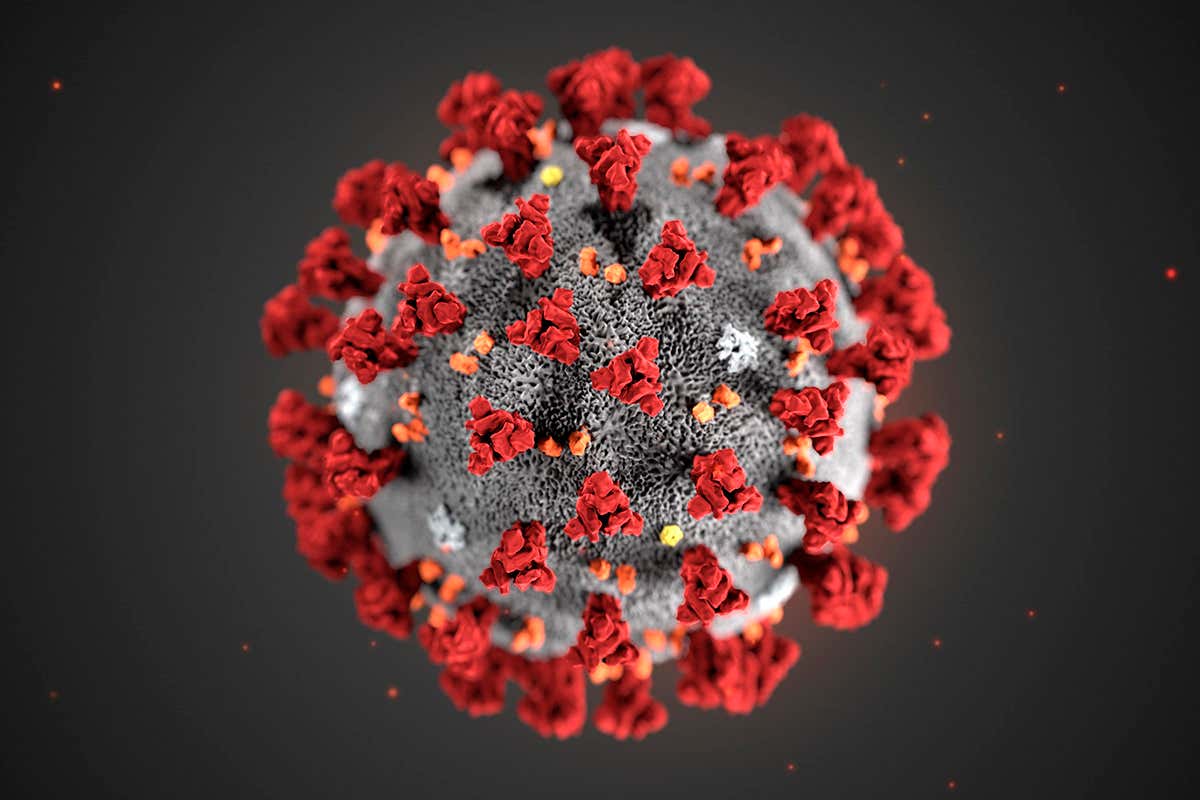Dear Gov. Newsom,
More than a decade ago you showed courage, initiative, and deep commitment to human rights and dignity when, as Mayor of San Francisco, you opened the door to same-sex marriages. As Governor, you showed the same courage and commitment in deciding to place a moratorium on the death penalty in California.
As criminal justice and corrections scholars, we are writing to urge you to once again do the right thing. Throughout California, COVID-19 infections, hospitalizations, and deaths are ravaging state prisons. As of July 6, 5,343 people in California prisons have tested positive for COVID-19, 25 people have died, and hundreds are struggling with active symptoms and hospitalizations. At San Quentin Prison, a botched transfer from the California Institute of Men allowed the virus to spread like wildfire, with 1,421 people who have tested positive.
A recent report on San Quentin Prison from a team of UCSF physicians revealed flawed, negligent protocols for isolation and treatment, lack of consistent and updated testing, unconscionable delay in providing testing results, inappropriate grouping of staff members, and physical locations for isolations that are terrifying and alienating to the population. These inadequate practices are happening against the backdrop of prisons already bursting at the seams, with many of them overcrowded not only well beyond their design capacity, but over the 137.5% limitation set for the entire correctional system by federal courts more than a decade ago.
The men and women in California prisons are serving sentences meted out by law. The California Penal Code did not sentence them to neglect, abuse, illness at overcrowded institutions with the potential to become mass graveyards. As to those falling ill and dying on death row, surely your moratorium on the death penalty, and the decades and billions of dollars spent litigating capital punishment protocols, should not end with deaths by COVID-19.
Moreover, COVID-19 infection is not a zero-sum game, and prioritizing the prison crisis does not come at the expense of the state overall — rather, it protects all of us. In both Marin and Lassen counties, spikes in community infections followed closely after spikes in infection within state prisons; all correctional institutions are permeable to the outside through staff mobility. Protecting people in prison protects people outside prison, too. By contrast, incubating the virus at our state prisons puts the entire state at risk, potentially rendering all your important prevention work, all the efforts at public education about masks and social distancing, and the immense sacrifices of all Californians futile.
We urge you to exercise all the powers at your disposal and release people from prisons to their communities — not just at San Quentin, but systemwide. Given the overcrowding and contagion spread, the release of a few thousands is but a drop in the bucket. A robust body of research in our field confirms that such releases, via executive orders, clemency, and parole (hundreds who have been found eligible for parole are still behind bars), will not endanger public safety. A quarter of the California prison population is aged 50 years and older; this population consists largely of people whose crimes of commitment were committed decades ago, and who do not pose any public risk, violent or otherwise. Previous declines in the California prison population, through the Criminal Justice Realignment and through Prop. 47, did not put the public at risk. We urge you to follow solid findings in criminology, public policy, criminal justice, and public health, rather than misleading and fear-mongering media reports.
We appreciate and admire your willingness to courageously do the right thing in previous pivotal moments; your initiative on same-sex marriage and on the death penalty moratorium have shown your prescience and will be remembered kindly by history. This is precisely such a moment. We urge you to lead us in the right direction.
Respectfully,
Hadar Aviram, Thomas E. Miller ’73 Professor of Law, UC Hastings College of the Law
Sharon Dolovich, Professor of Law and Director, UCLA Law Covid-19 Behind Bars Data Project, UCLA School of Law
Aaron Littman, Binder Clinical Teaching Fellow and Deputy Director, UCLA Law Covid-19 Behind Bars Data Project, UCLA School of Law
Susan Coutin, Professor, Criminology, Law and Society, UC Irvine
Arielle W. Tolman, Law and Science Fellow, Northwestern University
Adelina Iftene, Assistant Professor, Schulich School of Law at Dalhousie University
Michael Gibson-Light, Assistant Professor of Sociology & Criminology, University of Denver
Valena Beety, Professor of Law, Arizona State University Sandra Day O’Connor College of Law
W. David Ball, Professor, Santa Clara School of Law
Keramet Reiter, Associate Professor, Criminology, Law & Society, University of California, Irvine
Zachary Psick, Graduate Student, UC Davis
Nicole Kaufman, Assistant Professor of Sociology, Ohio University
Kitty Calavita, Chancellor’s Professor Emerita, UC Irvine
Susila Gurusami, Assistant Professor of Criminology, Law, and Justice at UIC (UCLA doctoral alum)
Angela P. Harris, Professor Emerita, UC Davis School of Law
Tasha Hill, Managing Attorney, The Hill Law Firm
Gabriela Gonzalez, Doctoral Candidate, University of California, Irvine
Aya Gruber, Professor, University of Colorado Law School
Shannon Gleeson, Associate Professor, Cornell University
Melissa McCall J.D., PhD Student, UC Berkeley Law
Gennifer Furst, Professor, Sociology & Criminal Justice, William Paterson University of NJ
Dvir Yogev, PhD student, UC Berkeley
Caity Curry, PhD Candidate, University of Minnesota
Alessandro De Giorgi, Professor, Department of Justice Studies, SJSU
Brett Burkhardt, Associate Professor, Oregon State University
Russell Rickford, Assoc. Prof. of History, Cornell University
Brianna Remster, Associate Professor of Sociology and Criminology, Villanova University
Aaron Kupchik, Professor of Sociology and Criminal Justice, University of Delaware
Sarah Russell, Professor of Law, Quinnipiac University School of Law
Caitlin Henry, Esq., Faculty, Criminology and Criminal Justice Studies, Sonoma State University
Issa Kohler-Hausmann, Professor, Yale Law School
Sharon Dolovich, Professor of Law and Director, UCLA Law Covid-19 Behind Bars Data Project, UCLA School of Law
Naomi Sugie, Associate Professor, University of California, Irvine
Beth A. Colgan, Professor of Law, UCLA School of Law
Hope Metcalf, Clinical Lecturer in Law, Yale Law School
Jonathan Simon, Professor of Law, UC Berkeley
Victoria Piehowski, PhD Candidate, University of Minnesota
Shira Shavit MD, Clinical Professor, UCSF
Isaac Dalke, Graduate Student, UC-Berkeley
Kristin Turney, Associate Professor, University of California, Irvine
Christopher Seeds, Assistant Professor, University of California-Irvine
Joshua Page, Associate Professor, University of Minnesota
Franklin Zimring, Simon Professor of Law, University of California at Berkeley
Elizabeth Brown, Professor, San Francisco State University
Daria Roithmayr, Professor of Law, University of Southern California Gould School of Law
David Garland, Arthur T Vanderbilt Professor of Law, NYU School of Law
Laura Gomez, Professor, UCLA
Nikki Jones, Professor, UC Berkeley
Chrysanthi Leon, Associate Professor, University of Delaware
Ingrid Eagly, Professor, UCLA School of Law
Sarah Smith, Assistant Professor, California State University, Chico
Keith P. Feldman, Associate Professor of Ethnic Studies, UC Berkeley
Jessica Cooper, Lecturer in Social Anthropology, University of Edinburgh
Vanessa Barker, Professor, Stockholm University
Valerio Bacak, Professor, Rutgers University
Jackson Smith, PhD Candidate, New York University
Benjamin Fleury-Steiner, Professor of Sociology and Criminal Justice, University of Delaware
Colleen Berryessa, Assistant Professor, Rutgers University School of Criminal Justice
Nicole B. Godfrey, Visiting Assistant Professor, University of Denver Sturm College of Law
Mariella Pittari, Public Defender — Brazil, Ph.D. Candidate University of Turin, Italy
Scott Cummings, Professor of Law, UCLA School of Law
Catherine M. Grosso, Professor of Law, Michigan State University College of Law
Sebastián Sclofsky, Assistant Professor, CSU Stanislaus
Chloe Haimson, Sociology PhD Student, University of Wisconsin-Madison
Jodi L. Short, The Hon. Roger J. Traynor Chair & Professor of Law, UC Hastings Law
Gabriela Kirk, Graduate Student, Northwestern University
Matthew Canfield, Assistant Professor, Drake University
Julie Novkov, Professor, University at Albany, SUNY
Qudsia Mirza, Birkbeck, University of London
Lydia Pelot-Hobbs, Postdoctoral Fellow, Prison Education Program New York University
Danielle S. Rudes, Associate Professor, George Mason University
Alex Aguirre, PhD Student, UC Irvine
Paul A. Passavant, Associate Professor, Hobart and William Smith Colleges
Lauren McCarthy, Associate Professor, University of Massachusetts Amherst
Tracey Roberts, Associate Professor, Samford University, Cumberland School of Law
Menaka Raguparan, Assistant Professor, UNCW
Lindsay Smith, Graduate Research Assistant, George Mason University
Mona Lynch, Professor of Criminology, Law & Society, UC Irvine
Christine Harrington, Professor, NYU
Lisa L. Miller, Rutgers University
Heather Schoenfeld, Associate Professor, Boston University
Alex Rowland, PhD Student, University of California Irvine
Thea Johnson, Associate Professor, Rutgers Law School
Stephen Gasteyer, Assoc. Professor of Sociology, Michigan State University
Amanda Petersen, Assistant Professor, Old Dominion University
Brittany Arsiniega, Assistant Professor of Politics and International Affairs, Furman University
Dr. Ciara O’Connell, Trinity College Dublin, Ireland
Dr. Orna Alyagon Darr, Sapir College Law School (Israel)
Jill McCorkel, Professor of Sociology and Criminology, Villanova University
Mary R Rose, Associate Professor, University of Texas at Austin
Smadar Ben-Natan, adjunct professor, UC Berkeley
Heather Elliott, Alumni, Class of ’36 Professor of Law, University of Alabama
Jack Jin Gary Lee, Visiting Assistant Professor of Sociology and Legal Studies, Kenyon College
Jason Sexton, Visiting Research Fellow, UCLA’s California Center for Sustainable Communities
Li Sian Goh, Research Associate, Institute for State and Local Governance
Anna Reosti, Research Professor, American Bar Foundation
David Levine, Professor of Law, UC Hastings College of the Law
Tina Lee, Associate Professor of Anthropology, University of Wisconsin-Stout
Rosann Greenspan, PhD, Executive Director (Retired), Center for the Study of Law and Society, UC Berkeley School of Law
Rebecca Bratspies, Professor, CUNY School of Law
Jonathan Marshall, Director, Legal Studies Program, UC Berkeley
Eliana Branco, PhD, University of Coimbra, Portugal
Shelley Tuazon Guyton, Graduate Student, UC Riverside
Maryanne Alderson, Doctoral Student, University of California, Irvine
Nina Chernoff, Professor, CUNY School of Law
Hana Shepherd, Assistant Professor of Sociology, Rutgers University
Smita Ghosh, Research Fellow, Georgetown University Law Center
Carrie Rosenbaum, Lecturer, UC Berkeley
Niina Vuolajarvi, Rutgers University
Jane McElligott, Professor, Purdue University Global
Elizabeth L. MacDowell, Professor of Law, University of Nevada Las Vegas
William Darwall, PhD Student, Berkeley Law
Allie Robbins, Associate Professor of Law, CUNY School of Law
Michelle Phelps, Associate Professor of Sociology and Law, University of Minnesota
Justin Marceau, Professor, University of Denver
Christina Matzen, PhD Candidate, University of Toronto
Tony Platt, Distinguished Affiliated Scholar, Center for the Study of Law & Society, UC Berkeley
Christopher Slobogin, Milton Underwood Professor of Law, Vanderbilt University
Erin Hatton, Associate Professor, University at Buffalo
Michael McCann, Professor, University of Washington
Marina Bell, PhD Candidate, University of California, Irvine
David Green, Associate Professor, John Jay College of Criminal Justice
Toussaint Losier, Assistant Professor, University of Massachusetts — Amherst
Dan Berger, associate professor of comparative ethnic studies, University of Washington Bothell
Sarah Kahn
Rebecca Tublitz, Doctoral Student, University of Californa, Irvine
Meghan Ballard, Graduate Student, University of California, Irvine
Jocelyn Simonson, Professor, Brooklyn Law School
Lisa McGirr, Professor of History, Harvard University
Courtney Echols, PhD Student, Criminology, Law & Society, University of California, Irvine
Susan M. Reverby, Professor Emerita, Wellesley College
Julilly Kohler-Hausmann, Associate Professor, Cornell University
Tal Kastner, Jacobson Fellow in Law and Business, New York University School of Law
Elizabeth Wilhelm, PhD student, University of Kansas
Sheri-Lynn S. Kurisu, PhD; California State University San Marcos; Assistant Professor
Timothy Stewart-Winter, Associate Professor of History, Rutgers University-Newark
Joss Greene, PhD student, Columbia University
Kimberly D. Richman, Professor, University of San Francisco
Matthew Canfield, Assistant Professor, Drake University
Dallas Augustine, Ph.D. Candidate at UC Irvine; Research Associate at UCSF
Leigh Goodmark, Professor, University of Maryland
David Greenberg, Professor, New York University
Full text of letter, plus updated list of signatories, posted to Medium here. Scholars who wish to join are welcome to email me with their name, title, and affiliation.


